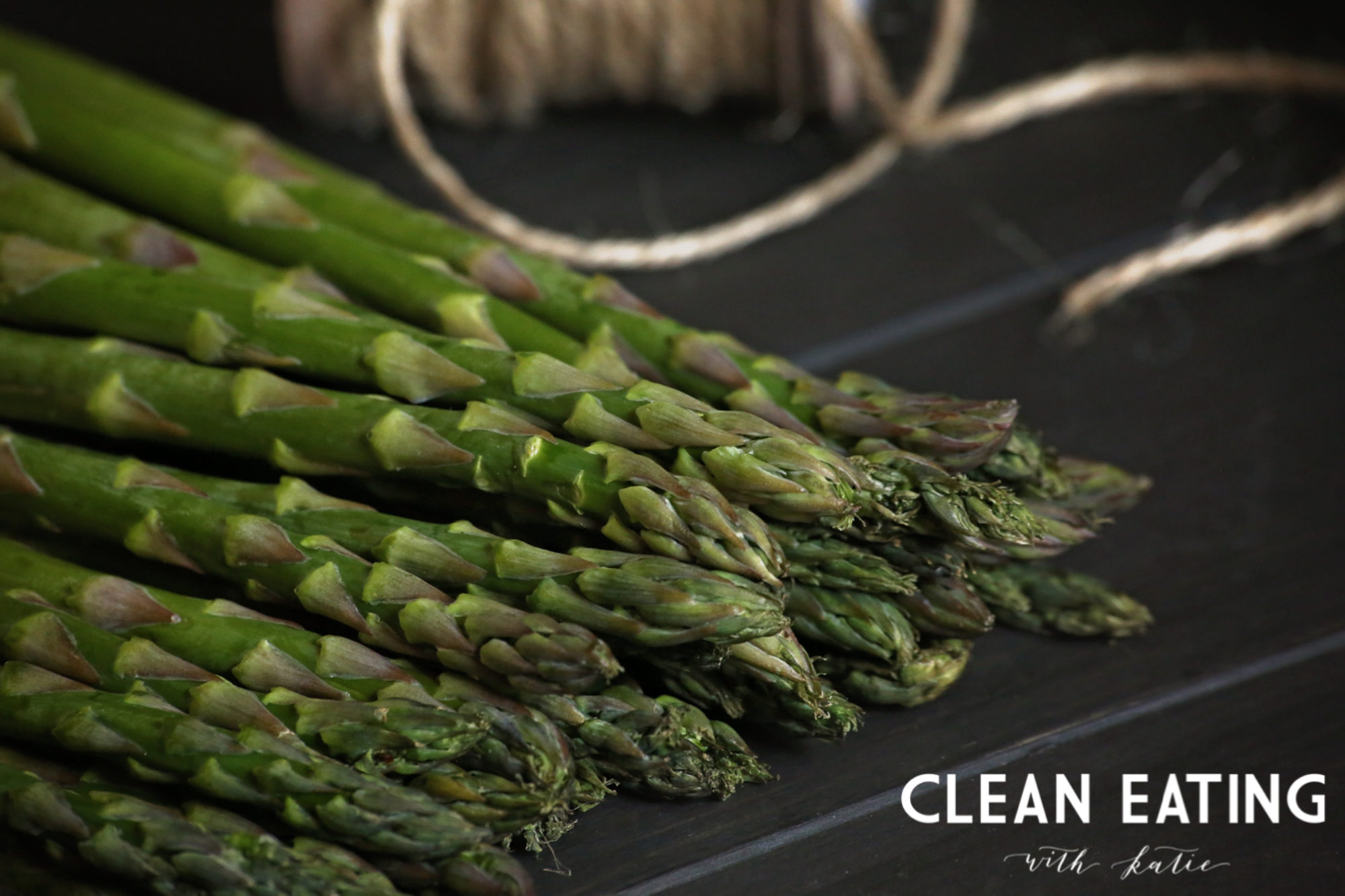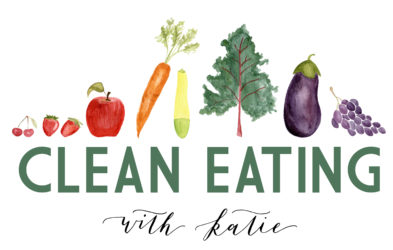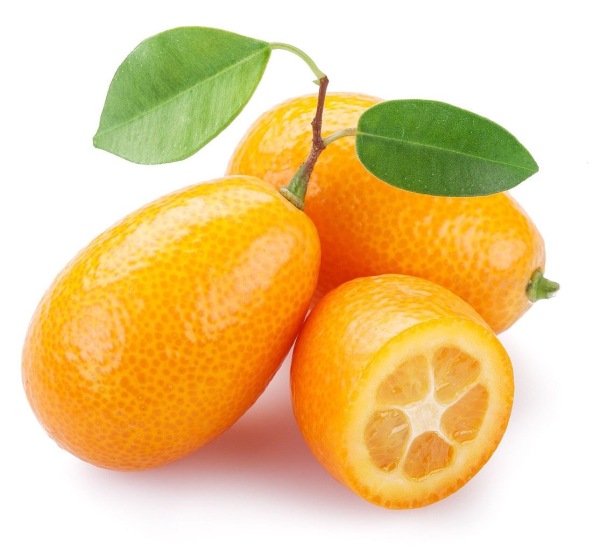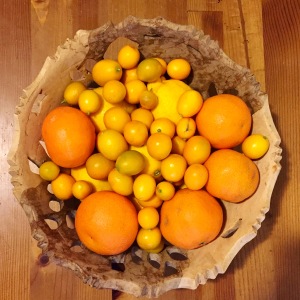Massaging Kale? Is she kidding? Nope, not kidding. Kale is a great veggie and is all the rage these days, BUT it can be hard for some to digest when eaten raw. It’s a very dense leafy green and massaging it can help break it down (aka pre-digestion) which makes it easier to digest. You can use about a tablespoon of olive oil and just get in there with your hands and massage away!
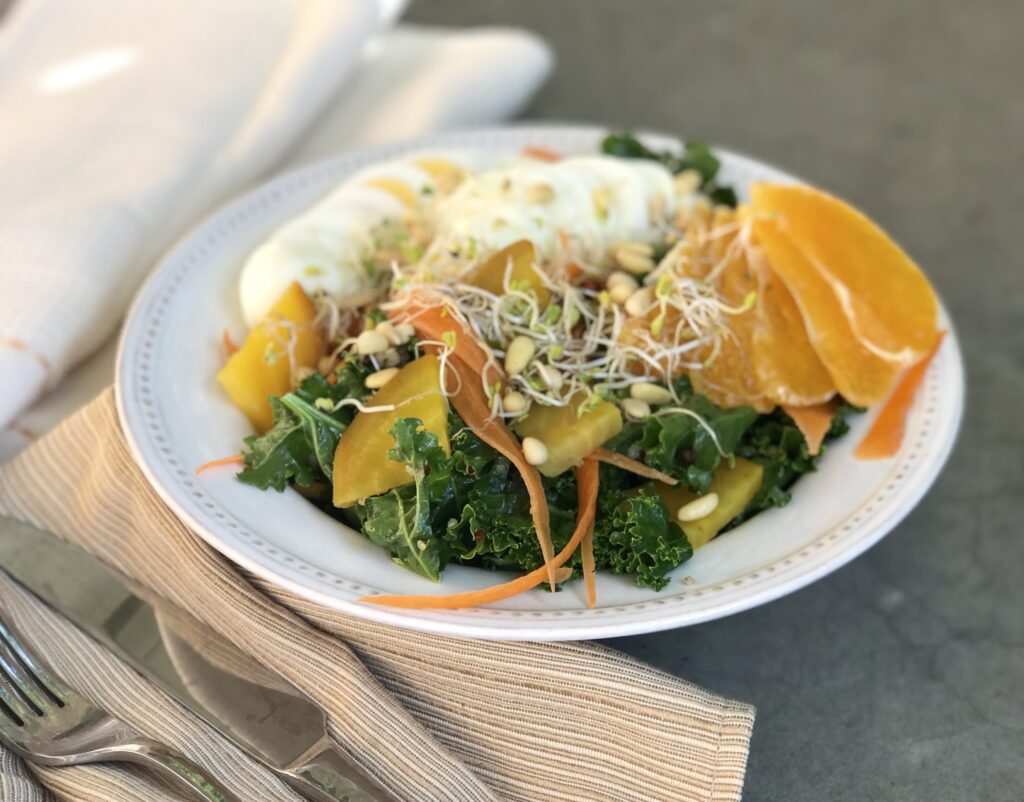
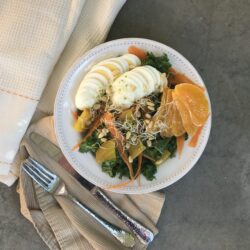
Massaged Kale Salad
Ingredients
Salad Ingredients
- 8 hard-boiled eggs pasture-raised
- 2 large beets boiled, peeled, & sliced
- 1 bunch kale destemmed & coarsely chopped
- 1 cup sprouted quinoa cooked
- 6 carrots sliced into strips using a veggie peeler
- ⅓ cup pine nuts
- 1 sumo citrus peeled & segmented
- ¼ cup broccoli sprouts
Salad Dressing Ingredients
- 2 lemons juiced
- 4 tbsp extra-virgin olive oil
- 1 tsp garlic sea salt
- 1 tsp lemon pepper
Instructions
- Add 1-2 tablespoons of olive oil to a large bowl with the chopped kale. Massage oil into the kale leaves until well coated.
- Add the quinoa and toss. Then add the beet slices and carrot strips. Toss again.
- Plate out a serving of the kale, quinoa, beet, and carrot mixture.
- Top with two sliced hard-boiled eggs, 3-4 segments of sumo citrus, sprouts, and some pine nuts.
- Add dressing ingredients into a small glass jar and shake.
- Drizzle dressing over the salad and enjoy!
Notes
- I prefer to use sprouted grains whenever possible. I usually buy TruRoots, and I can find it at Sprouts, Whole Foods, and Costco. I enjoy buying Love Beets when I don't have the time to boil and peel my own. I can also find these at Costco, Whole Foods, and Sprouts. You can change out any of these ingredients and keep this salad fresh and evolving with the seasons. I chose these items because they are in season in mid spring.
